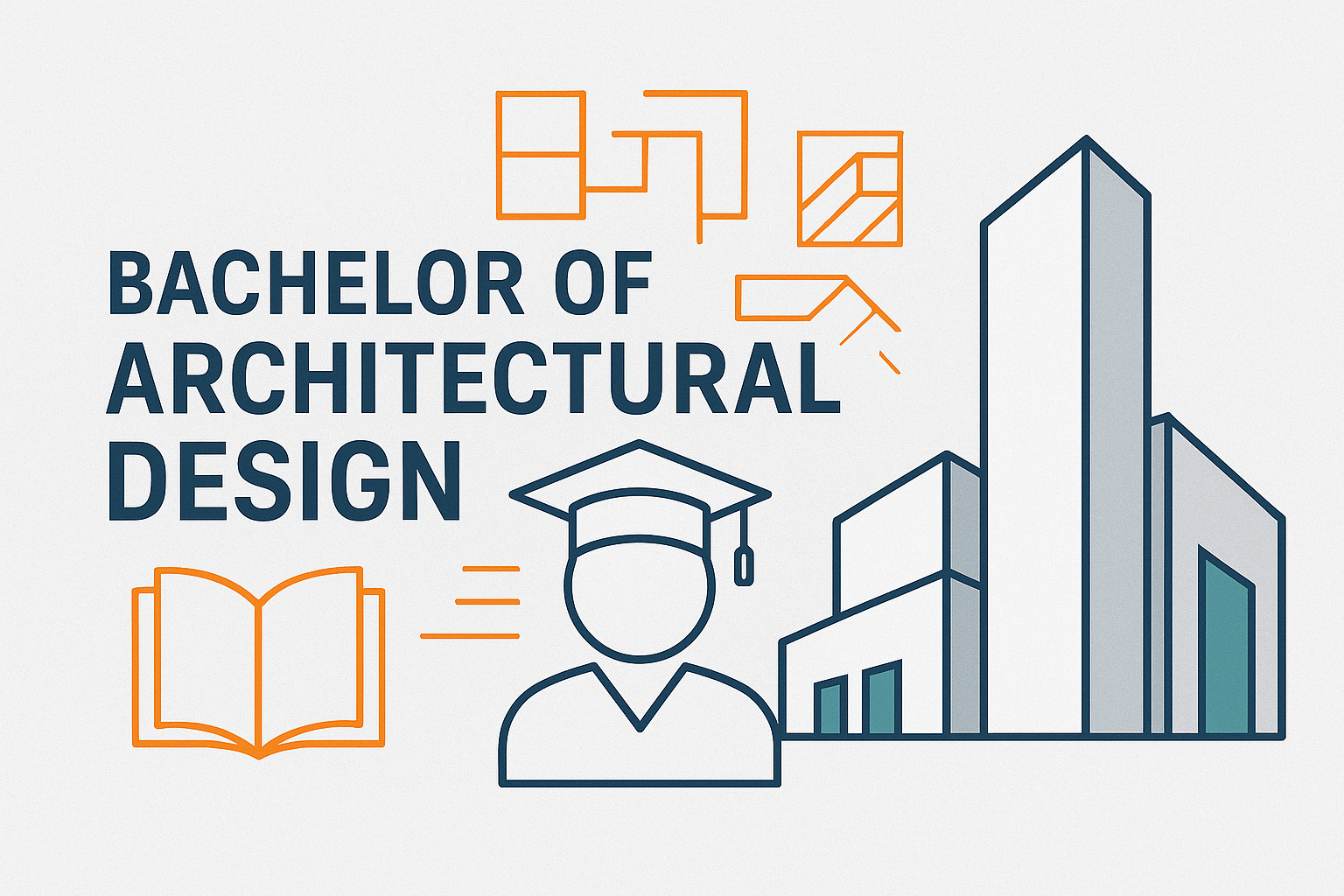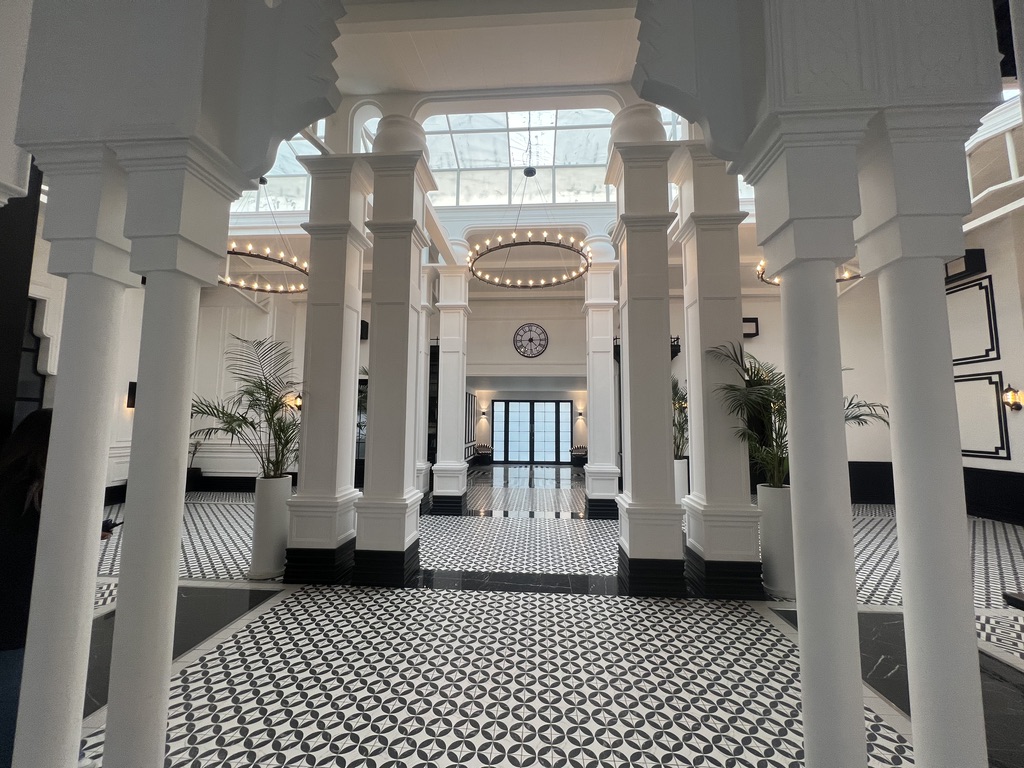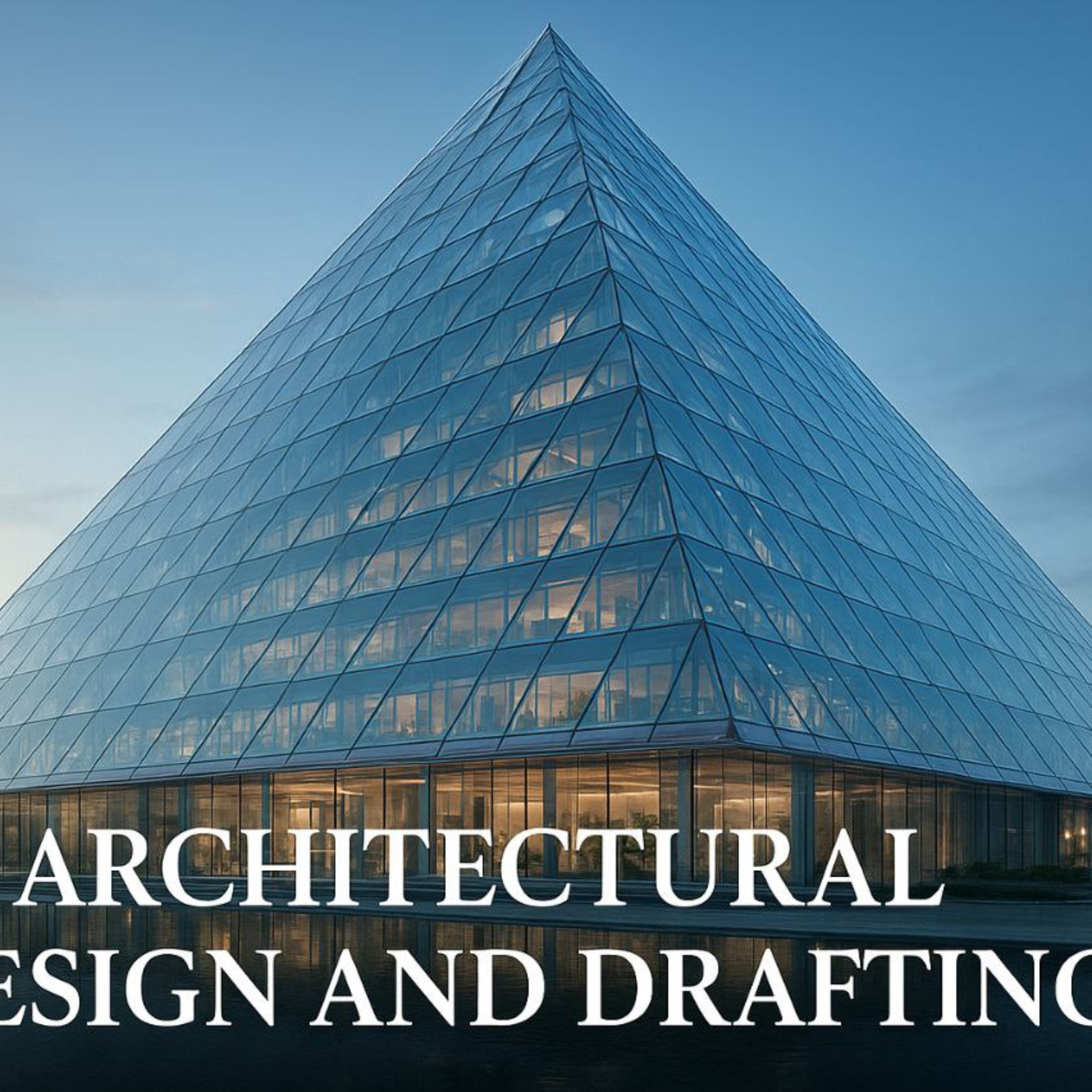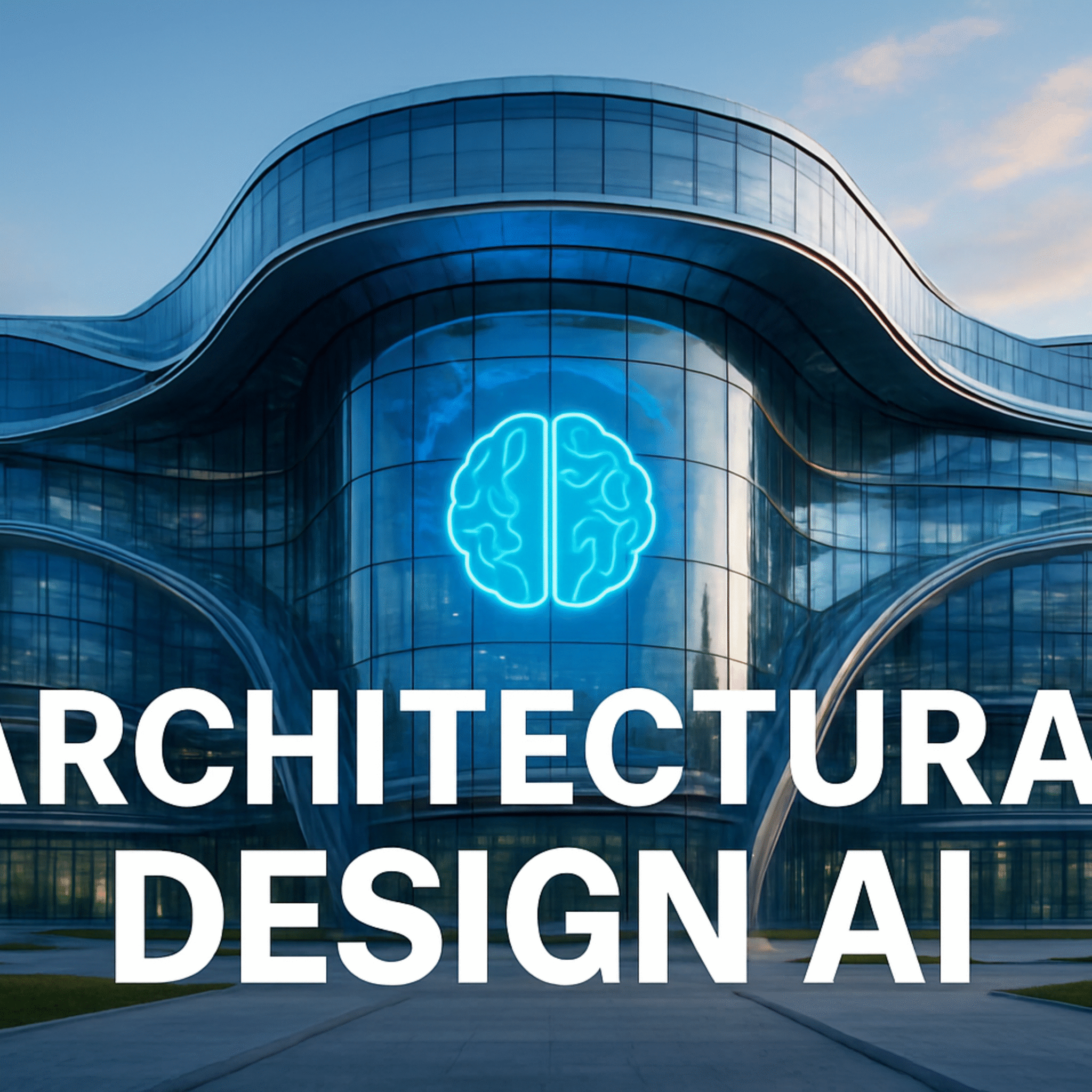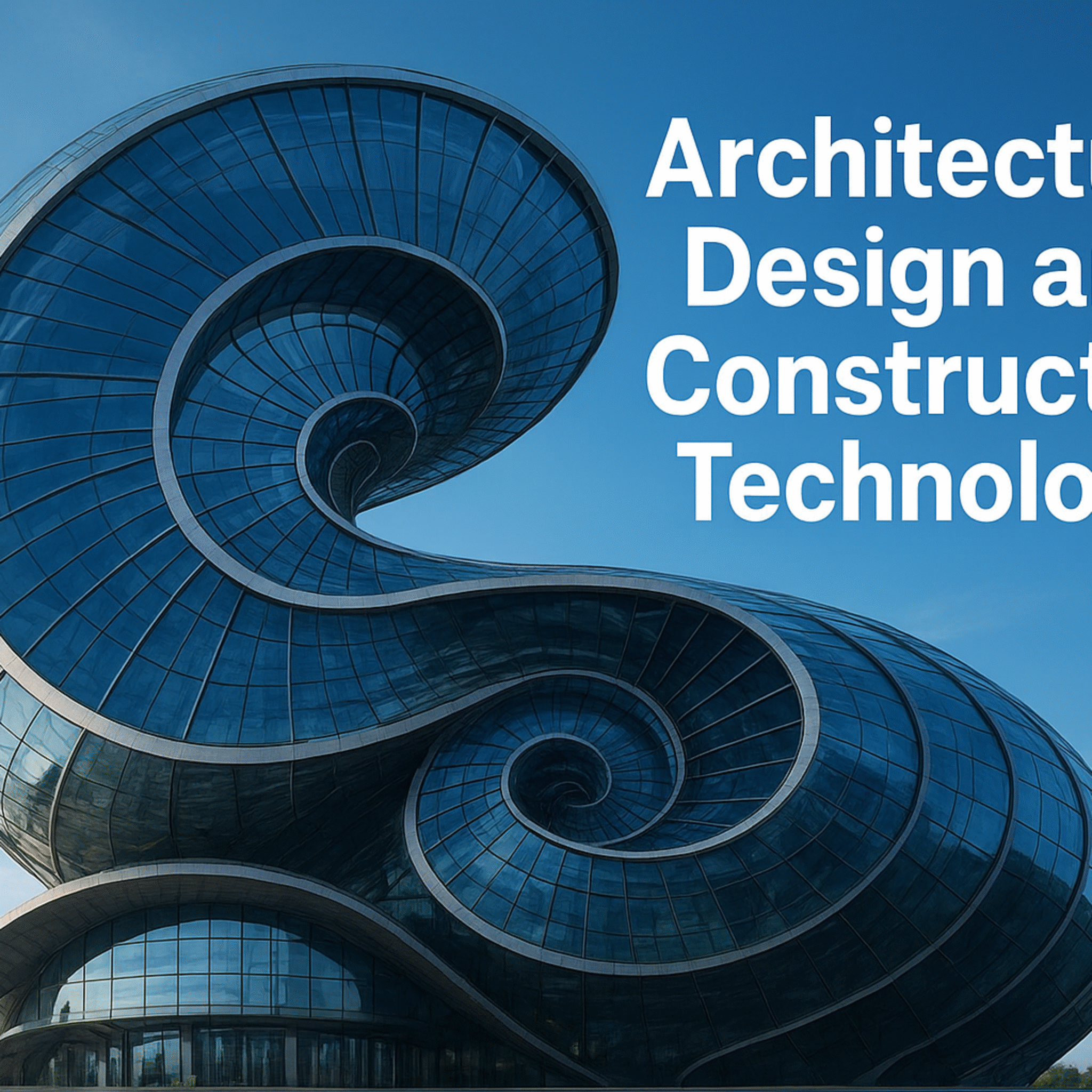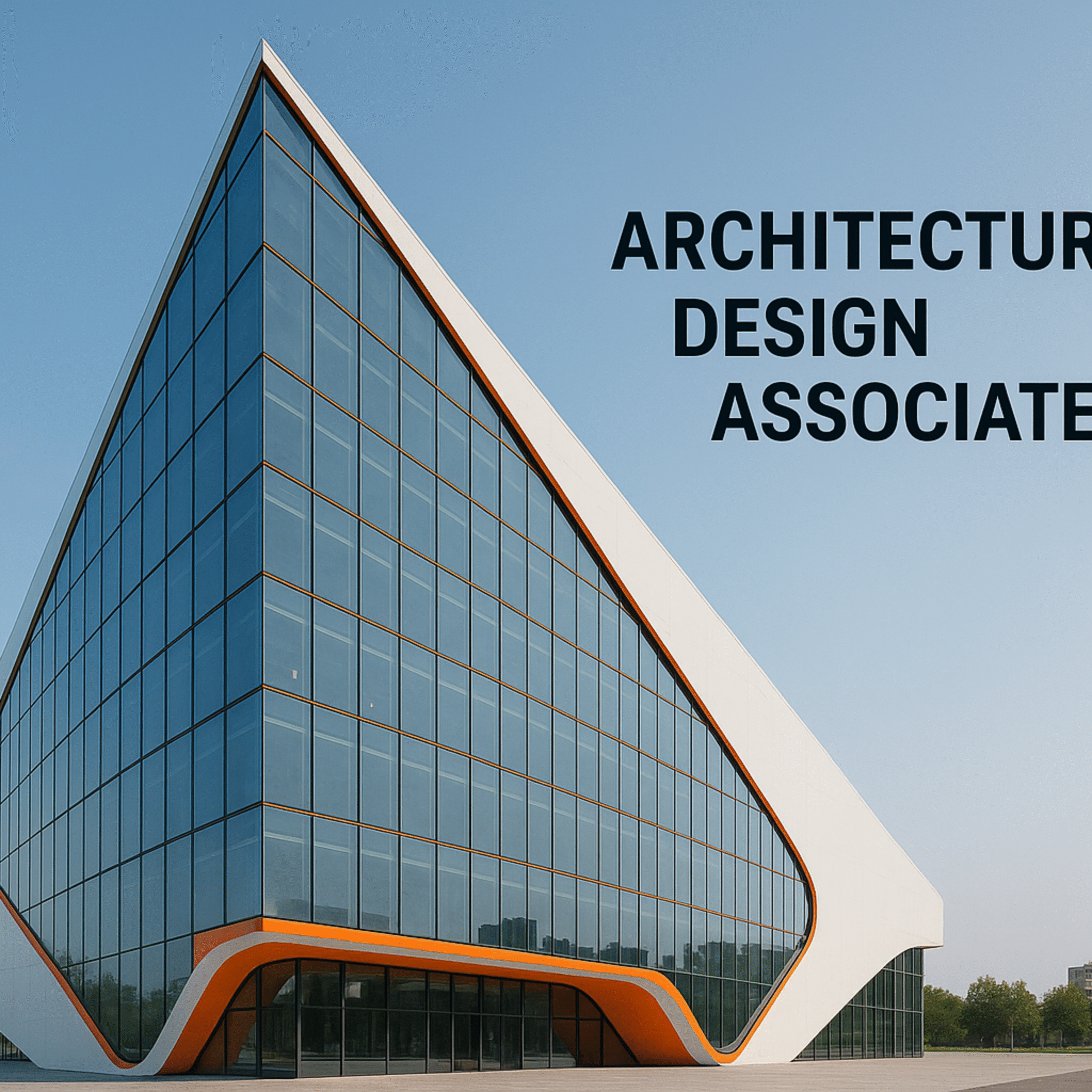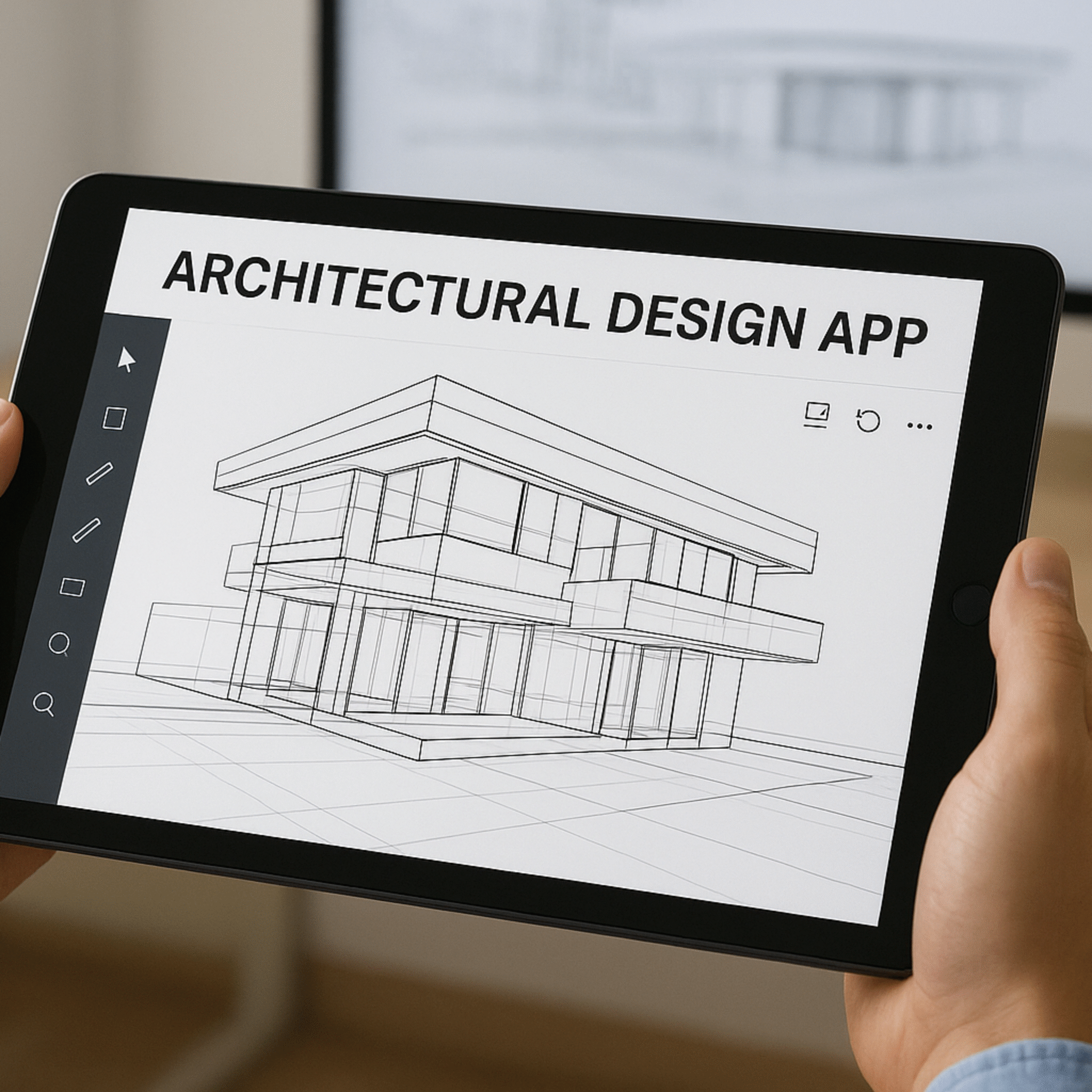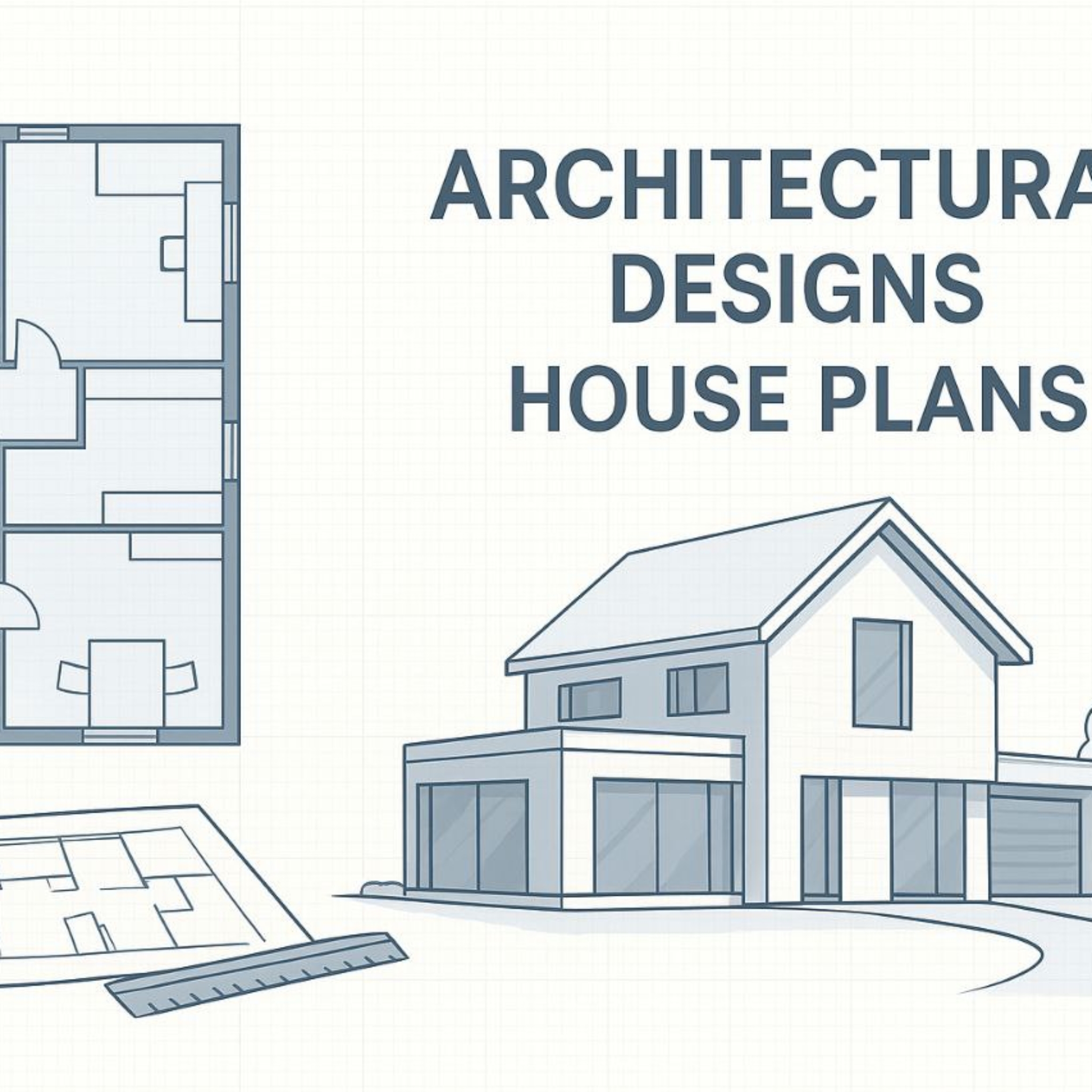What is a Bachelor of Architectural Design ?
The Bachelor of Architectural Design (BArch or BArchDes) is a three-year undergraduate degree that introduces students to the foundations of architecture and built environment design.
It combines theoretical study with hands-on practice, encouraging creativity, critical thinking, and problem-solving.
Students learn key aspects such as:
- Architectural design principles
- Building technology and structural systems
- Environmental sustainability
- Digital design and Building Information Modeling (BIM)
- History and theory of architecture
Design studios are the heart of this program — where students work on real-world projects, develop conceptual ideas, and bring them to life using advanced software and fabrication tools. The course not only builds technical competence but also nurtures artistic vision and social responsibility.
Why Study Architecture in Australia?
Australia is home to globally ranked architecture schools known for blending creativity with sustainability and industry engagement. Here’s why international students choose to study architecture in Australia:
- World-class universities: Australian institutions consistently rank among the top globally for architecture and design.
- Hands-on learning: Programs emphasize real-world projects, internships, and collaborations with architecture firms.
- Focus on sustainability: Courses integrate green building principles and environmentally responsible design.
- Post-study opportunities: Graduates are eligible for post-study work visas and can gain professional experience in Australia’s thriving architecture industry.
- Global recognition: Australian architecture degrees are respected worldwide and open doors to international career pathways.
Top Universities Offering Bachelor of Architectural Design in Australia
1. Griffith University
Location : Queensland, Australia
Griffith University’s Bachelor of Architectural Design program combines creativity, technical expertise, and sustainability.
Students develop a strong foundation in design, building technology, and environmental awareness through hands-on studio work and theoretical courses.
Highlights:
- Emphasis on sustainable and socially responsible design
- Access to state-of-the-art design studios, computer labs, and fabrication workshops
- Collaboration with industry partners and live design projects
- Opportunities for internships and networking
Graduates from Griffith emerge as innovative thinkers, ready to contribute to sustainable architecture both locally and globally.
2. Monash University
Location : Melbourne, Australia
Monash University offers a Bachelor of Architectural Design designed to nurture future-ready architects through creativity, technology, and research.
The program integrates theory and practice, with a strong emphasis on sustainability and innovation.
Key Features:
- Three-year undergraduate program with a focus on architectural design, urban planning, and environmental sustainability
- Studio-based learning with real-world architectural challenges
- Collaboration with industry professionals and research centers
- Strong focus on sustainable, human-centered design
Monash graduates are well-prepared for professional practice or further study in the Master of Architecture, which leads to professional registration.
3. The University of Queensland (UQ)
Location : Brisbane, Australia
The Bachelor of Architectural Design at UQ offers a balanced combination of technical skills and creative development.
This program focuses on sustainability, digital design, and innovation — preparing students to become responsible and forward-thinking architects.
Program Structure:
- Core courses in design studios, building technology, and environmental sustainability
- Integration of advanced digital tools like CAD, BIM, and Virtual Reality (VR)
- Strong focus on sustainability and climate-responsive architecture
- Internships and industry collaborations for practical experience
Graduates can progress to the Master of Architecture at UQ, or enter roles in urban design, planning, or construction management.
4. RMIT University
Location : Melbourne, Australia
RMIT University’s Bachelor of Architectural Design is known for its hands-on, studio-based approach that combines design innovation with real-world engagement.
The program encourages students to explore creative ideas while addressing sustainability and social responsibility.
Distinctive Aspects:
- Studio-focused curriculum emphasizing creative experimentation
- Integration of digital fabrication, parametric design, and BIM technologies
- Access to advanced facilities and fabrication labs
- Strong ties to industry through internships, exhibitions, and competitions
RMIT’s global perspective and multicultural learning environment prepare graduates to work across international architectural contexts.
Course Structure and Duration
The Bachelor of Architectural Design in Australia typically runs for three years full-time.
Students study a combination of core and elective subjects that cover:
- Design Studio Practice
- Architectural History & Theory
- Building Materials and Construction
- Environmental Design & Sustainability
- Digital Modeling and 3D Visualization
After completing this degree, graduates often continue to a Master of Architecture, which is the professional qualification required to become a registered architect in Australia.
Career Opportunities
Graduates of the Bachelor of Architectural Design in Australia can pursue a wide range of careers within the design and construction industries, such as:
- Architectural Designer
- Urban Planner
- Interior Designer
- Landscape Architect
- BIM Specialist
- 3D Visualization Expert
- Sustainability Consultant
Many graduates also work with international architecture firms, government agencies, and research institutions focused on urban development and sustainable design.
Entry Requirements and Admission
Entry requirements vary by university but generally include:
- Completion of Year 12 (or equivalent)
- Portfolio of creative work (for some universities)
- English language proficiency (IELTS 6.5 overall or equivalent)
Some institutions may also require interviews or design aptitude tests. International students are encouraged to apply early to secure placement and student visa processing.
The Bachelor of Architectural Design in Australia offers a unique blend of creativity, innovation, and sustainability.
Students gain hands-on experience through world-class facilities, industry partnerships, and global learning opportunities.
With strong career prospects and internationally recognized qualifications, studying architecture in Australia is a powerful step toward a rewarding and impactful career in the built environment.
Whether you choose Griffith, Monash, UQ, or RMIT, you’ll receive an education that empowers you to design the sustainable, inspiring spaces of tomorrow.


